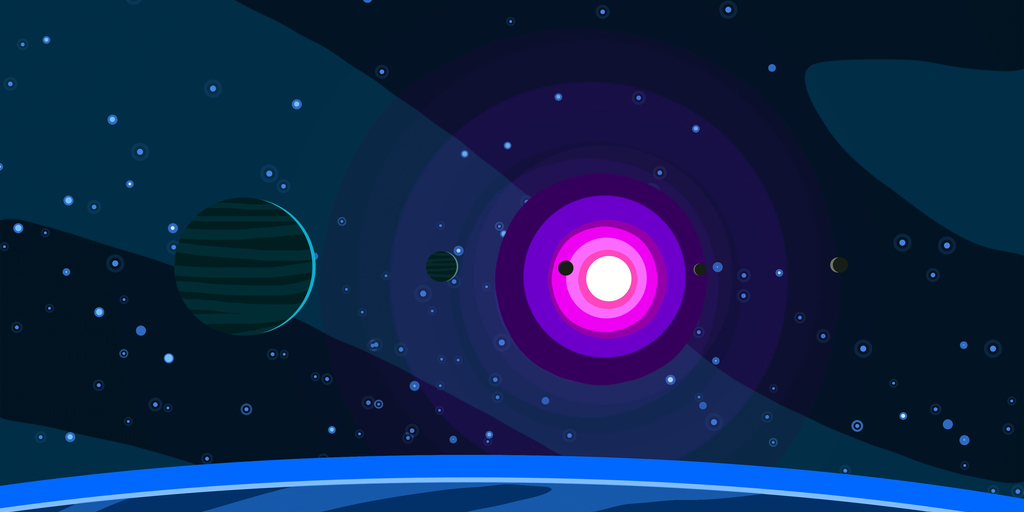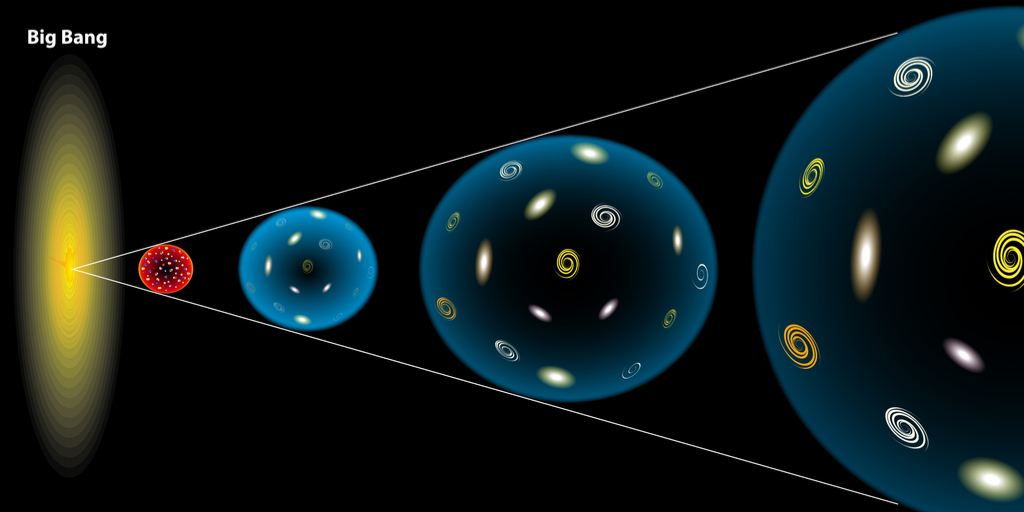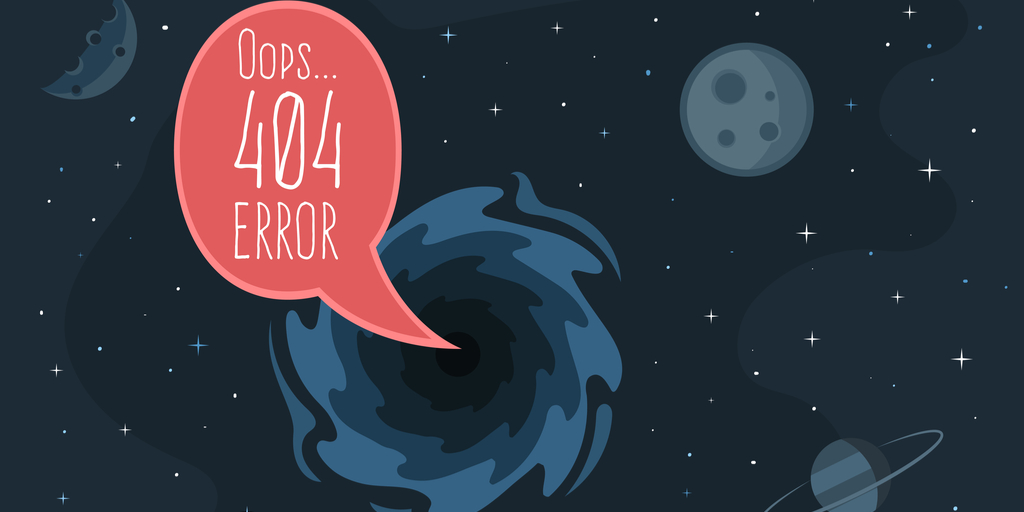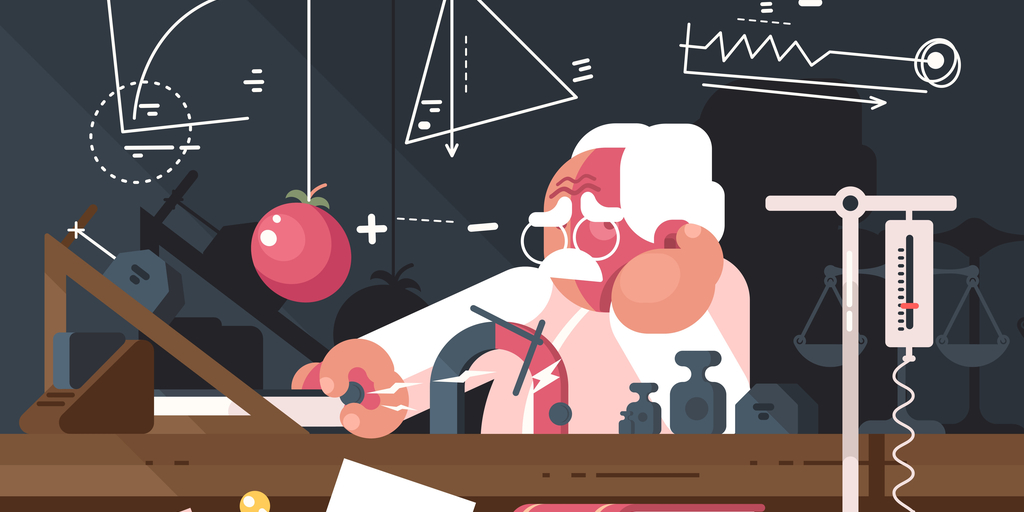
We’re an affiliate!
We hope you love the books we recommend! Just so you know, we may collect a share of sales or other compensation from the links on this page. Thank you very much if you use our links, we really appreciate it.
Long story short, “A Brief History of Time” is a brief overview of the origins of our universe. From theories surrounding Black Holes to Space & Time, Hawking is able to explain complicated scientific concepts and break it down to a digestible level.
Published in 1988, Stephen Hawking’s A Brief History of Time has sold more than 10 million copies in 20 years.
By 2001, translations were available in 35 different languages. And publishers released a version for children, A Briefer History of Time, in 2005.
But why is it so popular? Well, this is most likely because of the bigger questions behind the science regarding the origins of our universe. This little book explores big meanings.
For those who don’t know
Stephen Hawking is a world-renowned theoretical physicist and cosmologist who uncovered several mysteries and theories regarding the universe.
Hawking further explains these fundamental concepts that explain our mysteries of the universe:
- Our picture of the universe
- Space and time
- The expanding universe
- The uncertainty principle
- Elementary particles and the forces of nature
- Black holes
- The consequence of creationism
- Wormholes and time travel
- The unification of physics
Our Picture of the Universe:

Let’s start by looking to the past of our ever-changing understanding of the universe. This deep desire to understand the universe reflects our human need for knowledge.
Aristotle and Ptolemy studied lunar eclipses and the North Star. From this, they deduced that the earth was round.
However, they believed that the sun and the stars orbited the Earth. Of course, now we know that the opposite is true.Their ideas were first disproved in 1514 by Nicholas Copernicus. This supported Galileo’s studies of how the planets in the sky move.
This paved the way for Isaac Newton’s understanding of elliptical orbits, in 1687. Newton applied these orbits to stars as well as the sun. He suggested that they are not fixed objects in the sky, although he did argue that they were largely static.
Hawking also explores theories proposed about the origins of the universe.
For example, Aristotle argued it had existed forever. Others thought that the creation of the universe happened at a specific moment. The German philosopher Kant believed that time stretches back into infinity.
Nevertheless in 1929, Edwin Hubble made a discovery that changed the way we think about the universe. He realized that all the galaxies in the universe are moving away from one another.
This means that there was once a time when they were all forced together in a tiny, dense spot. This would have been somewhere between ten and twenty billion years ago.
Suddenly understanding the origins of the universe felt possible! Hawking argues that understanding these origins might not particularly benefit the human race. But it offers us the chance to complete our desire to understand our universe.
Space and Time:
Our understanding of ‘events’ occur when something happens at a particular moment in space.
Events can involve an object and an observer. Rest, motion and energy effect all events. We use coordinates, made up of four numbers, to pinpoint each event.
Aristotle’s early theories believed in an absolute space and an absolute time. But Newton disproved the theory of an absolute position in space. While Galileo’s discoveries about the rate of falling objects backed this up.
But up until 1915 we thought of space and time as the fixed, constant backdrop where events took place. We now understand that they are dynamic things, which other bodies or forces can affect.
With that said, alternations to space and time’s curvature then affect the way that bodies move.
But our understanding of space and time only exists within our universe. So only things within our universe affect space and time.
This new understanding of dynamic space and time gives us a whole new way of thinking about our universe. Rather than an unchanging universe, this makes room for an expanding, ever-changing one.
If we apply Einstein’s Theory of Relativity, our universe has a set beginning and will have a set end.
The Expanding Universe:

Hubble’s discovery that the universe is expanding transformed the way we think about our universe. Suddenly we had a grasp of its vastness.
Roger Penrose gathered evidence to support this. He used light cones and the Theory of General Relativity to show that a collapsing star results in a Black Hole. A Black Hole has zero size and infinite density.
This discovery helped to fill the gaps in the Theory of General Relativity. In addition, this theorizes that all physical theories breakdown at the beginning of the universe.
Singularity Theorem and Quantum effects can help us to understand the universe’s origins. They could mean that the universe began at a point of singularity.
The Uncertainty Principle:
Quantum mechanics help us to predict almost everything we see around us. But these must lie within the limits of the Uncertainty Principle.”
A German physicist introduced it for the first time in 1927. It claims the more precisely we can tell the position of a particle, the less precisely we can tell it’s momentum. Or the other way around!
This isn’t something that Einstein’s Theory of Relativity takes into account.
We don’t have a single unifying theory for General Relativity and Quantum mechanics. But we can understand some features that fall within them, like the Big Bang and Black Holes.
Elementary Particles and the Forces of Nature:
According to Aristotle, four elements make up all matter in our universe: earth, water, fire, and air.”
Two forces act on these elements. Gravity causes water and earth to sink, while levity makes air and fire rise.
If we reverse the direction of time, then we must change the laws of physics.
For a lot of particles, forces of gravity dominate over other forces. And gravity determines and dictates the evolution of the universe. It can win over the other forces at play and bring about the start of collapse.
Black Holes:

The idea that the universe began at a particular moment supports determinism.
Black holes formed because the early universe wasn’t perfectly smooth and uniform.
They occur when super-giant stars collapse into a small point or singularity. They are extremely dense and have extremely strong gravity.
This means they can suck in light and stars, while anything within the event horizon cannot get out. The event horizon is the boundary of the Black Hole.
To become a Black Hole, the supergiant’s mass must be one and a half times the sun’s mass. Anything less than this and it will not turn into a Black Hole.
Like the sun, they glow hot, and as the smaller they are, the more they glow.
However, Black Holes are hard to spot in our universe. This is because light cannot escape them. We can only see them when they suck in other stars because this lets out X-Rays.
General relativity and Quantum mechanics help us understand more about Black holes. Presuming they are correct, they suggest that Black holes must radiate in the same way that bodies do.
Their existence suggests that gravitational collapse isn’t a finite event. When someone falls into a black hole their mass increases. The energy from this radiates back into the universe.
Therefore, in some ways, the energy reverses.
The Consequences for Creationism:
The idea that the universe began at a particular moment supports determinism.
This entails the belief that someone or something created it. Many people believe that this was the act of God or an omniscient being.
Those who believe argue that God doesn’t intervene. Instead, God allows the universe to evolve within laws set out.
Therefore, if the universe has no beginning or end, no boundary or edge, this leads us to question the role of a creator. If it simply is and has always been, then God’s place comes into question.
The History of Time
The way we view time has changed over the course of history. This brief history of time focuses on ‘real time’ that humans experience. This is different from ‘imaginary time’, which scientists use.
Like with space, people used to believe in absolute time. In this, each event was labeled and set.
However, the discovery of the Speed of Light led to the theory of Relativity. And this meant we had to adapt our understanding of time.
Stephen Hawking summarizes that time has certain properties. These are the arrows of time.
The first is the thermodynamic arrow. This explains that as time passes, the state of the universe becomes more disorganized. This is because the energy dispersed around the universe becomes muddled.
The psychological arrow of time links with the thermodynamics. Our understanding follows the direction of time. For example, we remember the past and not the future.
So time becomes more disorganized in the psychological arrow as well.
Finally, there is the cosmological arrow. This is the way in which the universe is expanding.
For time to remain ordered, it would need to occur in a constant smooth universe. But it doesn’t. So the cosmological arrow is also in line with a theory of increasing disorder.
This expanding state of disorder is the only state that human beings could exist in. And understanding the disordered universe helps us to create order within it.
Wormholes and Time Travel:
Time travel into the past is only possible if space-time becomes warped enough to allow it.
In this scenario, virtual particles would become real particles. These particles would have to move on a closed loop. This means they could move forward in time at or below the speed of light.
For time travel to be possible, a wormhole would need to open.
The Unification of Physics:

Hawking is hopeful that we are close to reaching a unified, consistent theory of the universe.
This theory would need to combine several pre-existing theories and new theories. Classical theory of gravity would need to come together with the Uncertainty Principle.
One proposed theory was the theory of ‘supergravity’. Scientists proposed this in 1976. But they abandoned the verifying calculations as they were too time-consuming.
‘String theories’, proposed in 1984, became popular with physicists for some time. These argued 2D strings make up objects, rather than particles. They also argued that dozens of space-time dimensions make up the universe.
Many of these theories appeared to reach the same conclusions. But they all use different ways to reach them. Consequently, Hawking proposes three possibilities:
- There is a complete unified theory and one day we will discover it.
- There is no complete unified theory for understanding the universe. Instead, there is a series of finite theories. These accurately predict what happens in the universe.
- There is no complete unified theory of the universe. And we cannot predict what happens or will happen in the universe.
Hawking also acknowledges that a unified theory will have its limitations. This is because of Quantum mechanic’s Uncertainty Principle.
A unified theory will be the first step in achieving our goal of understanding the events around us.
What can WE do from here?
Don’t assume that A Brief History of Time is all about the science. Our need to understand comes from a deep-rooted human desire for knowledge.
Understanding the universe helps up to make sense of what we see around us every day. It helps us create a picture of our world.
Even the earliest theories about the universe did this. They linked events to spirits with human emotions.Then we began to focus on the regularities in these events. This created laws. We discovered more laws or theories as civilization developed.
What this does, is that it makes us wonder if laws like these also existed for the universe. Plenty of scientists have already attempted to discover these laws.
In order to do so they must combine quantum mechanics with general relativity. This would form a finite four-dimensional space. But why do we need this?
It would help us to understand where we came from and why.
A unified theory doesn’t fall within the realm of regular scientific theories. A complete theory needs to be for everyone, not just scientists.
This would allow us all to discuss the universe in which we exist and why it exists. Nonetheless. this would send us on our way to understanding the biggest question of all.
Parting thoughts:
A Brief History of Time is a scientific book, written by a scientist, that is for everyone. As this Stephen Hawking summary shows, this is because the questions at the heart of it are universal. As is the desire for knowledge.
For more amazing and inspiring book summaries, check out our Top Book Recommendations. Or find our blog here!
#1 agencies, Natalie Paris and. “Hawking to Experience Zero Gravity.” The Telegraph, Telegraph Media Group, 26 Apr. 2007, www.telegraph.co.uk/news/worldnews/1549770/Hawking-to-experience-zero-gravity.html.
#2 “SCI/TECH | Hawking’s Briefer History of Time.” BBC News, BBC, 15 Oct. 2001, news.bbc.co.uk/2/hi/science/nature/1599719.stm.
#3 Jha, Alok. “What Is Heisenberg’s Uncertainty Principle?” The Guardian, Guardian News and Media, 10 Nov. 2013, www.theguardian.com/science/2013/nov/10/what-is-heisenbergs-uncertainty-principle.
#4 “About Stephen.” Stephen Hawking, www.hawking.org.uk/about-stephen.html.
#5 Rich, Howard. Stephen Hawkings a Brief History of Time. Spark Pub., 2003.
#6 Redd, Nola Taylor. “Einstein’s Theory of General Relativity.” Space.com, Space Created with Sketch. Space, 7 Nov. 2017, www.space.com/17661-theory-general-relativity.html.






